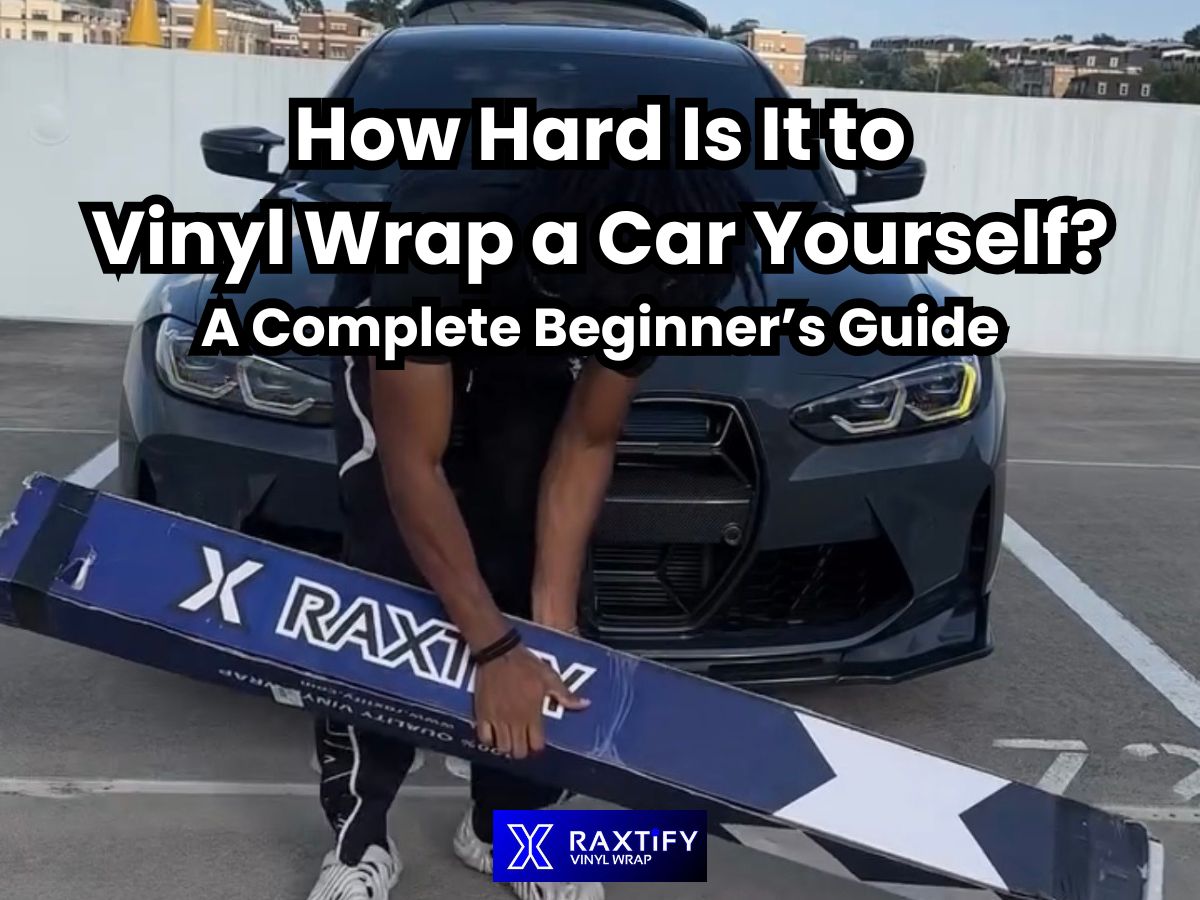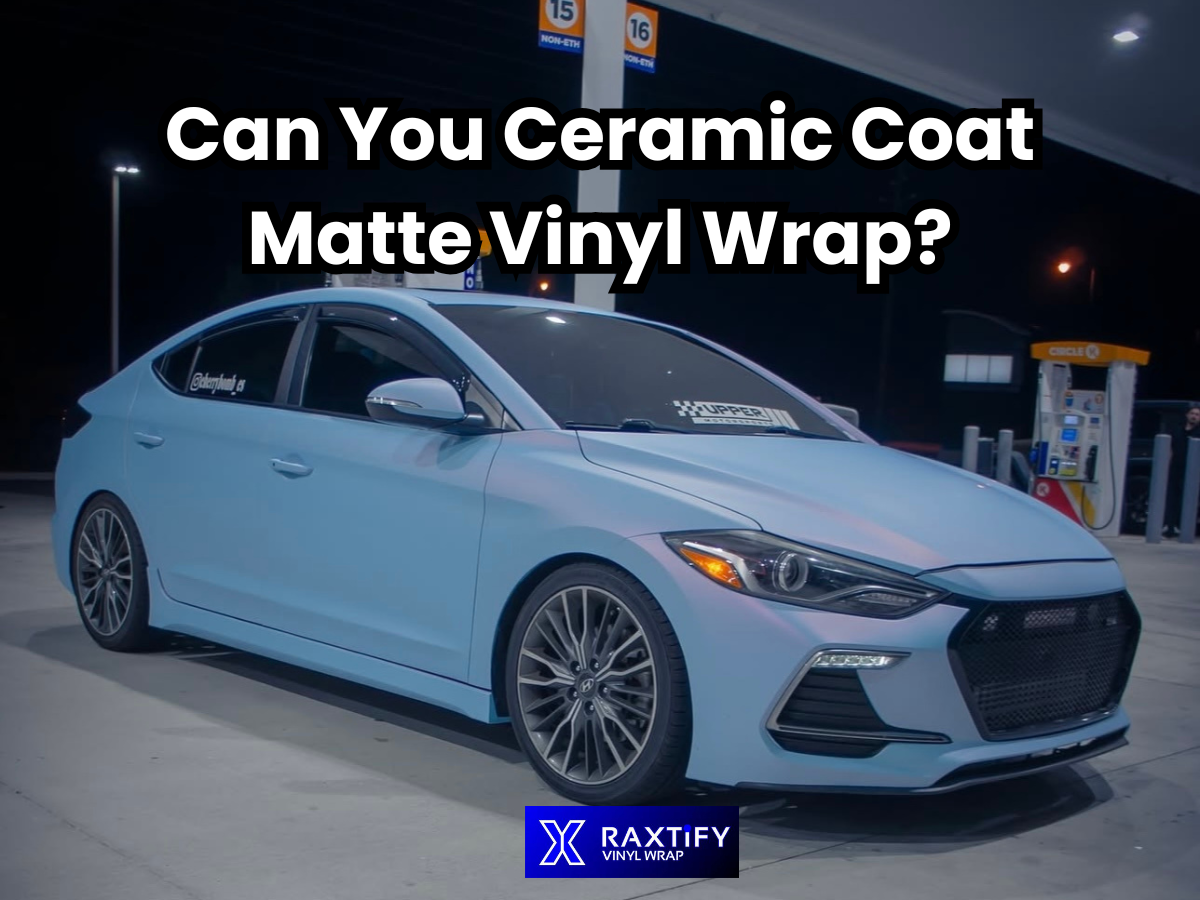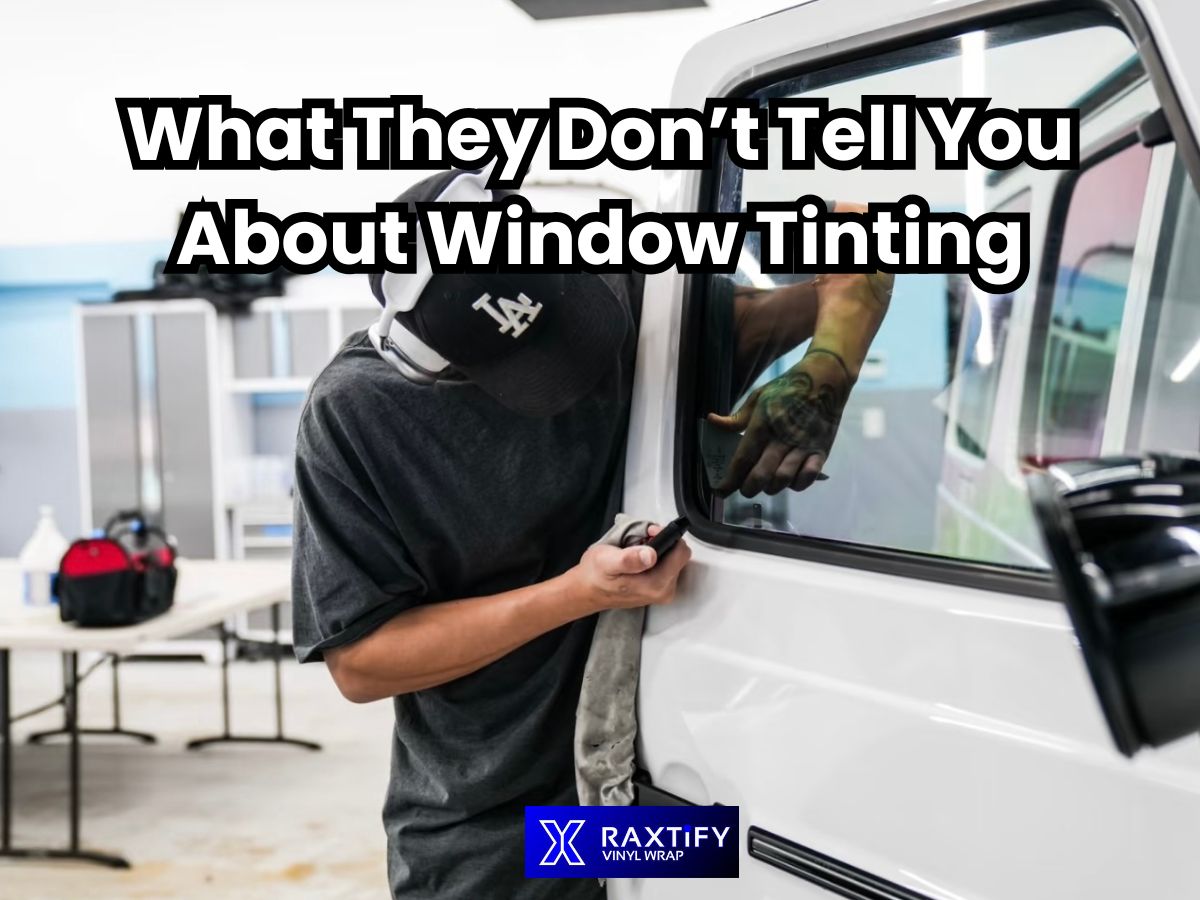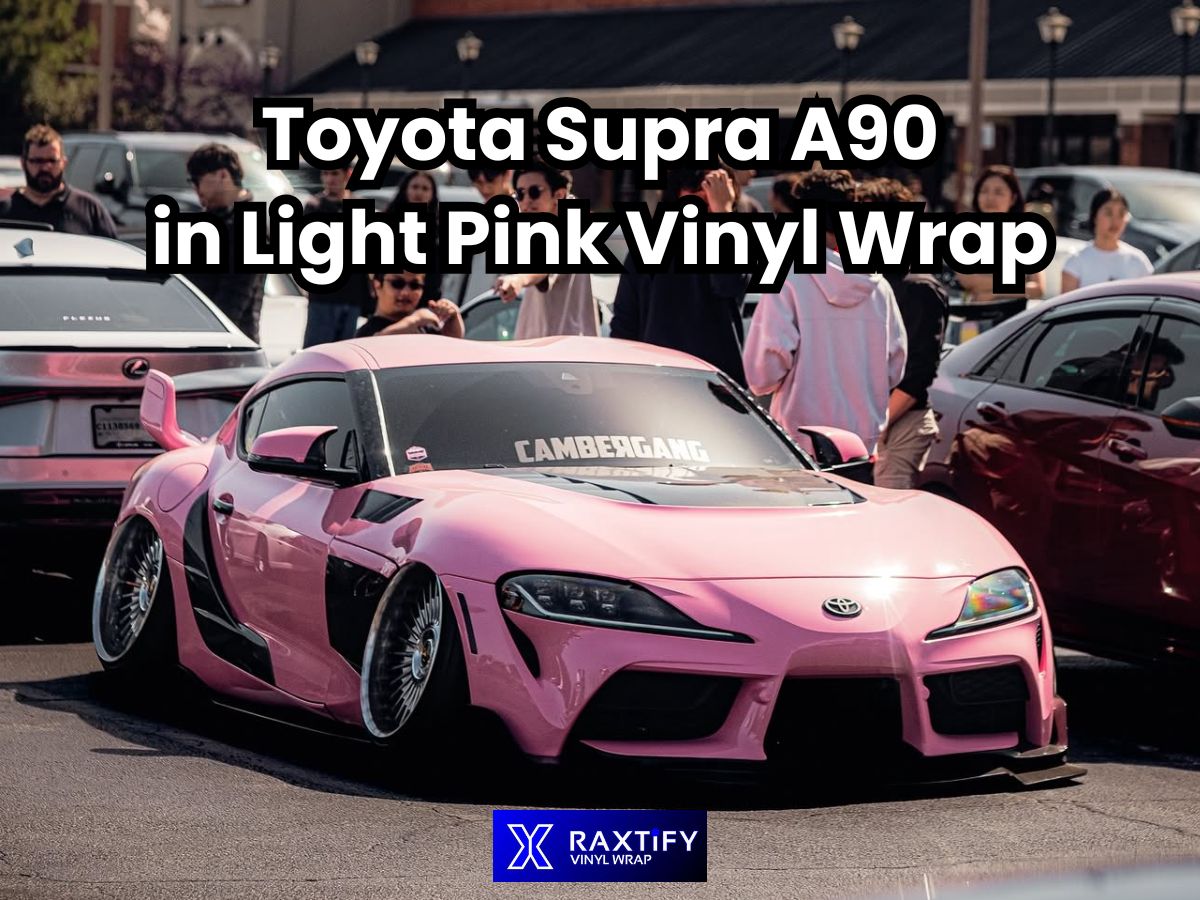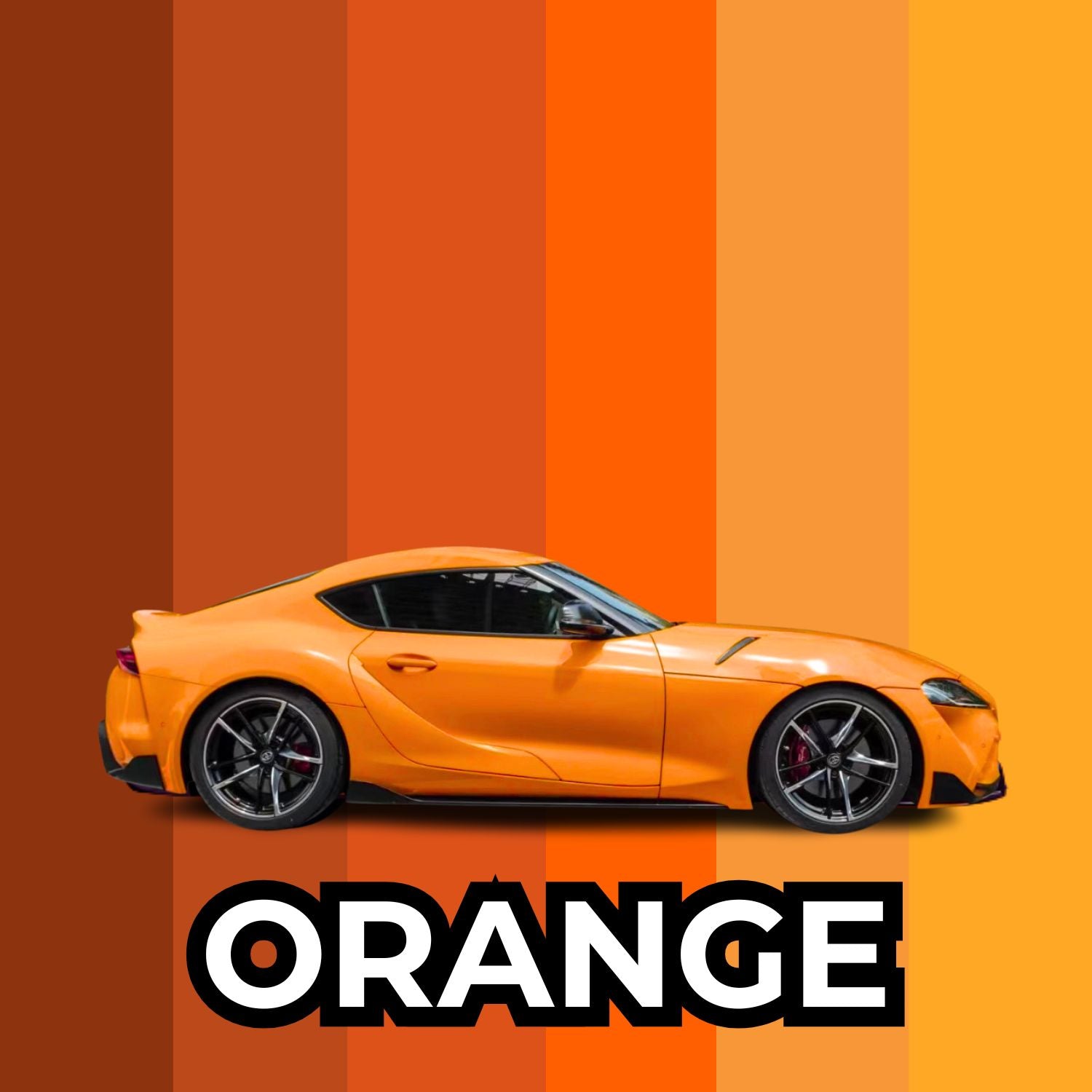
Post-Heating Vinyl Wraps: Why and How

Post-Heating of Vinyl on Vehicle Wraps
When it comes to vehicle wrapping, one of the most crucial steps is also one of the final ones: post-heating. But what exactly is post-heating, and how do you do it? In today’s post, we’ll guide you through this essential step in vinyl wrap installation to help you achieve the best possible DIY wrap results every time.
What is Post-Heating?
Post-heating is a technique used in vinyl wrapping where heat is applied to the vinyl wrap in areas that have been stretched to fit channels, recesses, and trim edges. This process is essential for ensuring a secure and lasting bond between the vinyl and the vehicle's surface.
Why is Post-Heating Important?
Post-heating, also known as heat-setting, is a crucial step in the vinyl wrap installation process. It involves applying heat to the vinyl wrap after it has been adhered to the vehicle's surface using a heat gun or a similar heat source. Here are the key reasons why post-heating automotive vinyl is essential:
1. Activates Adhesive
Applying heat to the vinyl activates the adhesive, enhancing its bonding properties. The heat allows the adhesive to create a stronger and more secure bond with the surface, ensuring that the vinyl stays in place, especially around contours, curves, and edges.
2. Enhances Conformability and Stretch
Heat softens the vinyl, making it more pliable and stretchable. This is particularly important when wrapping complex shapes and curves on vehicles. The heat helps the vinyl conform smoothly to the contours of the vehicle, resulting in a seamless and professional finish.
3. Minimizes Wrinkles and Bubbles
Post-heating helps eliminate wrinkles and bubbles that may have formed during the initial application of the vinyl. The heat relaxes the vinyl, allowing it to settle into place and smooth out any imperfections.
4. Increases Longevity and Durability
Post-heating contributes to the long-term durability of the vinyl wrap. The enhanced adhesive bond and reduced tension on the vinyl help prevent lifting, peeling, or premature wear due to environmental factors like heat, cold, and moisture.
5. Ensures a Professional Finish
Properly post-heated vinyl results in a professional-looking finish, giving the impression that the vehicle has been expertly painted or custom-designed. The absence of wrinkles and bubbles contributes to the overall aesthetics and enhances the brand image of the business.
6. Creates a Heat-Activated Memory
Heat-setting the vinyl creates a heat-activated memory effect. This means that if the vinyl is stretched during the installation process, it will return to its original shape and size when heated again, reducing the chances of the vinyl shifting or distorting over time.
7. Improves Tolerance to Environmental Changes
Post-heated vinyl exhibits better tolerance to temperature fluctuations. It helps the vinyl maintain its shape and prevents it from shrinking or expanding excessively due to changes in weather conditions.
Important Note
While post-heating is a critical step in the vinyl wrap installation process, it should be done with care. Excessive heat or improper technique can damage the vinyl or the underlying surface. It is essential to follow manufacturer guidelines and recommendations for post-heating to achieve the best results. If you are unsure about the post-heating process, it is advisable to seek professional assistance from experienced vinyl wrap installers.
How to Post-Heat Like a Pro
Post-heating is a crucial step in vinyl wrapping that ensures a secure, long-lasting bond between the vinyl and the vehicle's surface. Follow these steps to post-heat like a professional:
1. Prepare the Vinyl
- Check the Vinyl: Ensure the vinyl has been securely applied to all recesses, channels, and edges. Verify that there are no lifted areas or air pockets, as these can cause the film to burn or fail to adhere properly.
- Tools Required: You will need a heat gun and a thermometer to monitor the temperature accurately. For all uncast films, the optimum temperature required during post-heating is between 95°C and 120°C (203°F to 248°F).
2. Apply Heat
- Work in Sections: Focus on areas that are 8 to 10 inches wide. This allows for more controlled and even heating.
- Move the Heat Gun: Use a sweeping motion to move the heat gun over the vinyl. Ensure you do not stay in one spot too long to avoid burning the vinyl.
- Achieve the Required Temperature: Heat the vinyl until it reaches the recommended temperature, usually between 180°F and 220°F (80°C to 105°C). The time needed will depend on the quality of your heat gun.
3. Focus on Critical Areas
- Recesses and Channels: Pay extra attention to all recessed areas and channels, as these are the most prone to lifting.
- Trimmed Edges and Overlaps: Apply heat to the edges where the vinyl has been trimmed and areas where the film overlaps to ensure a seamless bond.
4. Inspect and Cure
- Inspect for Imperfections: Once you have post-heated all areas, thoroughly inspect the vehicle for any imperfections or missed spots.
- Cure Time: Allow the vehicle to remain stationary for the next 12 to 24 hours. This curing period is essential for the adhesive to harden and for the vinyl to stabilize.
Important Tips
- Consistency is Key: Maintain a consistent distance between the heat gun and the vinyl to avoid overheating.
- Patience: Take your time and be thorough to ensure a professional finish.
- Follow Manufacturer Guidelines: Always adhere to the specific recommendations provided by the vinyl manufacturer for best results.
Related Resources:
Featured blog
- Choosing a selection results in a full page refresh.
!









































































